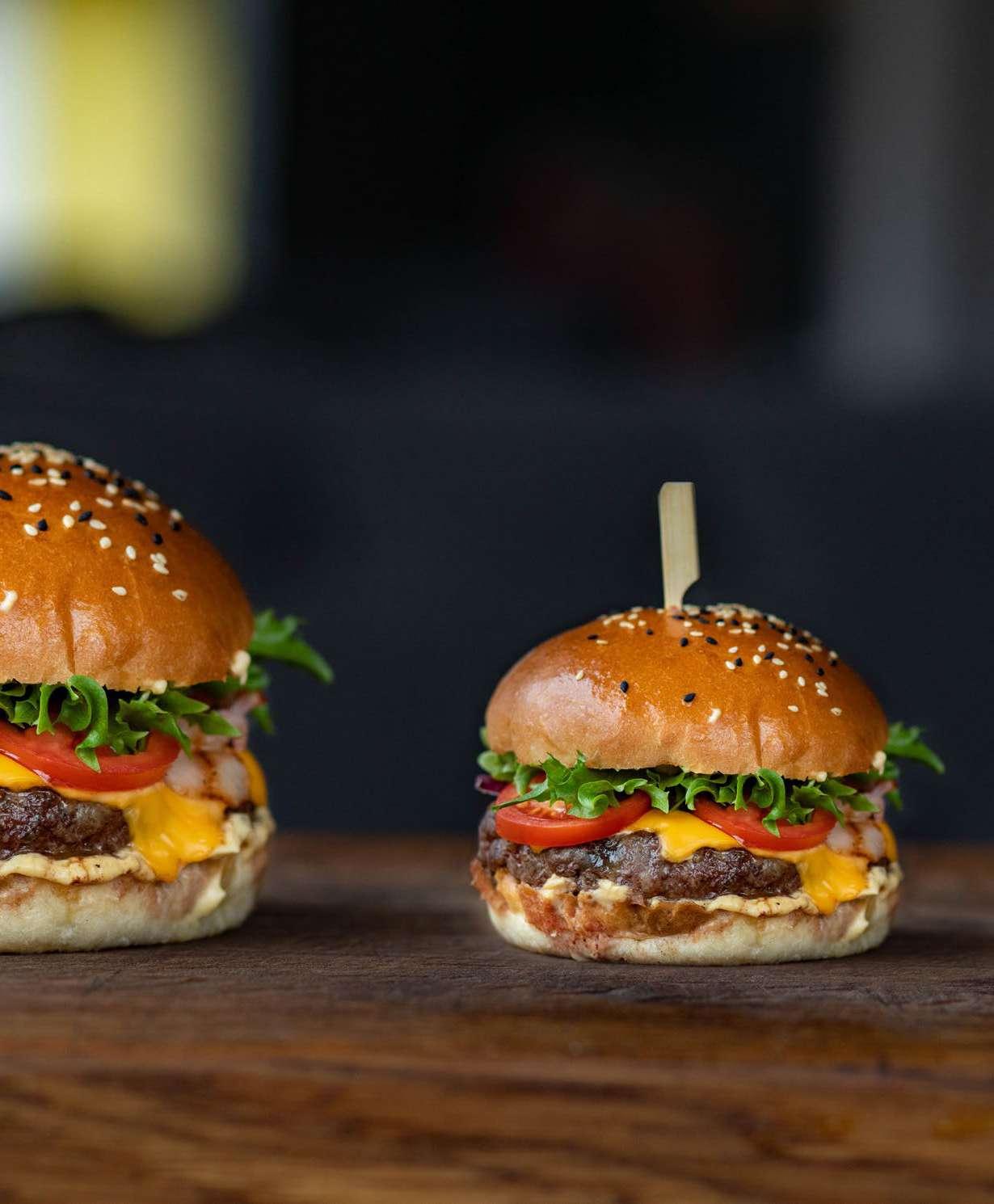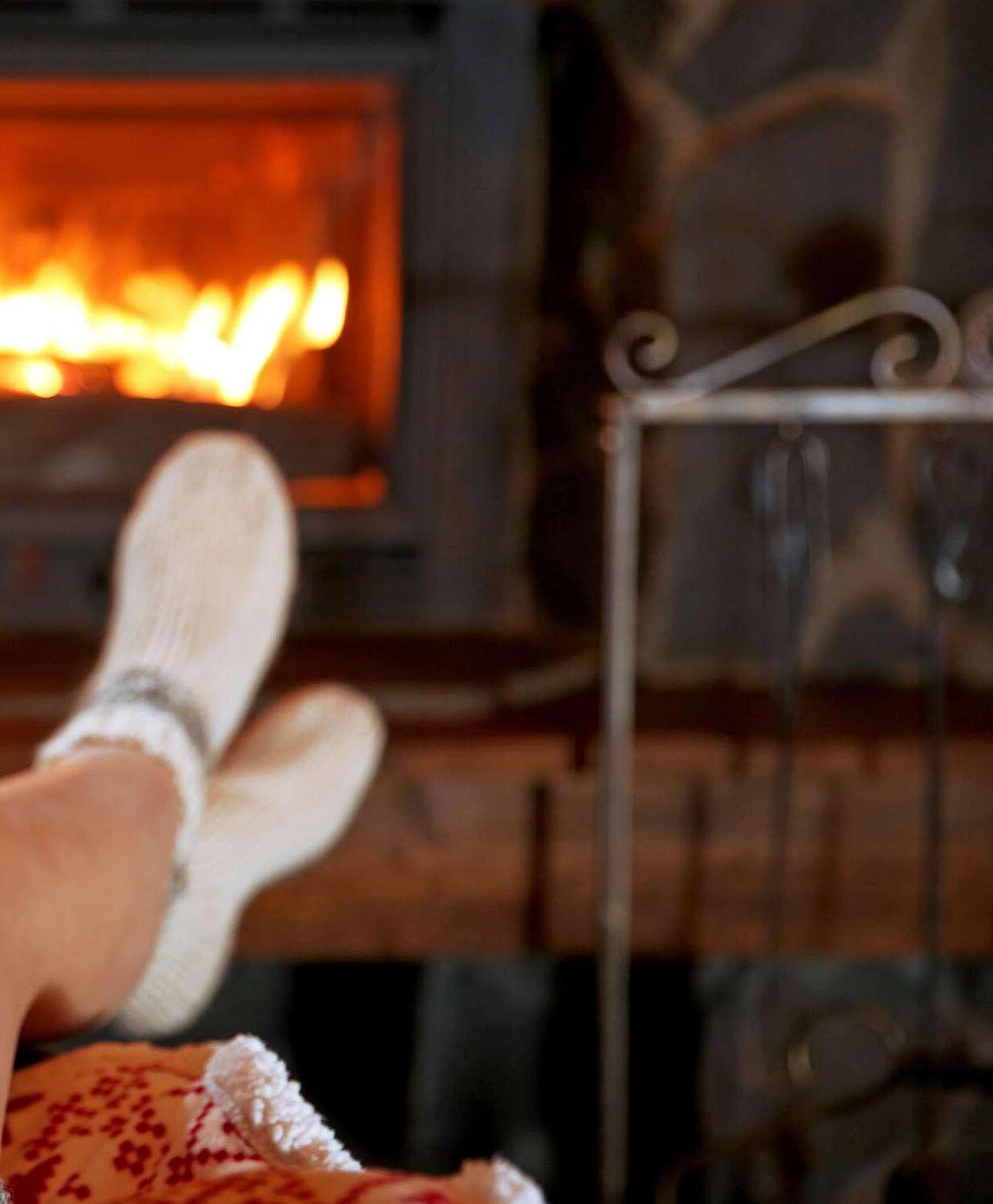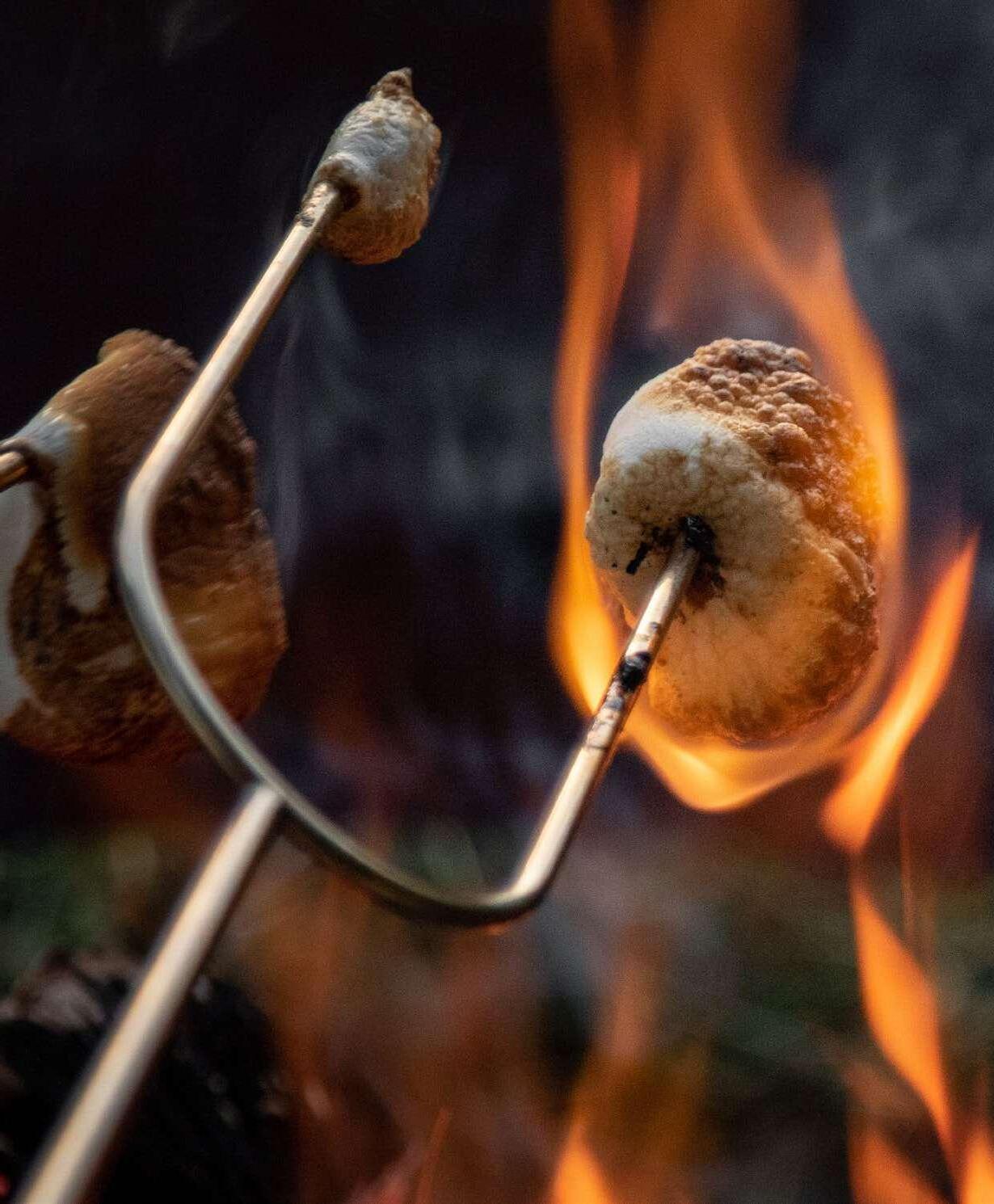

E XCE LL ENCE IS D OIN G
ORD IN A R Y THING S
E XT R AO RD I N A RI LY
W E L L
 – John W. Gardner
– John W. Gardner






E XCE LL ENCE IS D OIN G
ORD IN A R Y THING S
E XT R AO RD I N A RI LY
W E L L
 – John W. Gardner
– John W. Gardner



A Moment in Time. When I was a child, my dad once showed me a fancy red car and spoke about how when he was younger, he had a chance to maybe buy one. It was an opportunity he never took.
He told me that he regretted that decision (but it cost too much and he wanted to be responsible. It is one of his good qualities). Years later, he still thinks about that decision, that choice.
How would his life have been different if he had bought such a fancy car?
When you look back at your life you can sometimes identify certain opportunities, certain days that shaped your future. These pivotal days in your life shape what comes after.
In many ways, Namibia now faces such a time. With the longawaited draft Consumer Credit Bill out for comment, consumers now have an opportunity to have their say. They have a chance to have any obvious issues resolved before the Bill becomes law. Once it is law, consumers will have to stick to what it says even if they do not like it.
Sadly, at most of the consultation sessions so far it has been credit providers who are having a say and not consumers. It’s basically, 90% credit providers and 10% everyone else, including only a few consumers.
What this means is that if there are any last minute changes, they will probably be things that benefit credit providers and not consumers. The credit providers know how important these opportunities are. And they are doing something about it.
So, the next few weeks are very important. When we all look back in years to come, we will see what happens now as one of those moments in time, one of those critical times when we shaped our future or when others did so for us.
It would be sad to look back with a sense that we missed a golden opportunity to make things better but that we never did.



If you have a vehicle that you have financed via the bank they will require you (as part of your contract with them) to insure the vehicle in case it is in an accident and is written off. That way they know they will get their money back.

Debtfree Magazine considers its sources reliable and verifies as much information as possible. However, reporting inaccuracies can occur, consequently readers using this information do so at their own risk. Debtfree Magazine makes content available with the understanding that the publisher is not rendering legal services or financial advice. Although persons and companies mentioned herein are believed to be reputable, neither Debtfree Magazine nor any of its employees, sales executives or contributors accept any responsibility whatsoever for their
activities. Debtfree Magazine contains material supplied to us by advertisers which does not necessarily reflect the views and opinions of the Debtfree Magazine team. No person, organization or party can copy or re-produce the content on this site and/or magazine or any part of this publication without a written consent from the editors’ panel and the author of the content, as applicable. Debtfree Magazine, authors and contributors reserve their rights with regards to copyright of their work.






Have you ever bought a packet of sweets or chips, only to open it and find that it contains more air than snack?
You may be confused by childhood memories when everything seemed bigger and chock-ablock. Was it just because you were smaller?
A new wave of clever money saving tricks is being put in place by food brands, restaurants, service providers and shops. It’s called shrinkflation and it is secretly hitting you right in the wallet.
So, what is Shrinkflation and how is it subtly ruining your favourite snacks and drinks?


We all know that the cost of living is going up. It seems that whenever you hit the shops, products cost more.
You may have noticed this, but something else very sneaky is also happening. Some products are also quietly shrinking in size, without you realising it.
It’s a cunning trick that companies use to make their products visually appear unchanged, while reducing the quantity you get, sneaky right?
Shrinkflation may involve adding a lot more air in a bag of chips than before, or maybe few less chips sitting next to your favourite burger. Even the patties might be the same size from the top but thinner than before. New packaging may appear as way to make a product look up to date, but can be used to hide the new reduced weight.
Another way companies do this, is by changing the product ingredients. This can also explain why cherished foods or drinks from your childhood no longer taste the same or hit the spot. While they may be packaged the same, and look the same as before, their makeup may have changed to cheaper ingredients.

It’s all about the money. Companies and restaurants know that consumers are sensitive to price changes these days, so instead, they reduce the weight of their products and meal sizes.
We all know that transport costs have gone up, electricity prices have gone up resulting in ingredient prices going up all the time. This means that companies and restaurants are making less and less profit on items than before.
When the cost of ingredients or production increases, companies face a dilemma. They must either raise the price and risk scaring off their existing customers, or they need to find a way to maintain the appearance of the same price while actually giving you less.
But how do they get away with it? Ah, that’s where the clever disguises come into play. Companies know that most of us aren’t walking calculators, constantly comparing
weights and prices. We forget how many grams were in that chocolate the last time we bought it, or how many millilitres are in that can.
You may always grab that R100 pack of meat from the shop not realising that the contents are slowly getting smaller and smaller while the price stays the same.
So, they jazz up the packaging with flashy new labels, bright colours, and catchy new slogans, hoping we’ll be too distracted to notice the disappearing act. That curvier bottle of soda might look cooler, but it might hide the fact that it feels different because it’s lighter than before.
Let’s face it, they’re counting on the fact that we often buy products out of habit, without paying too much attention to the details.
They’re banking on our love for familiar brands and the belief that our beloved treats remain untouched. Sneaky, sneaky!






SHRINKFLATION: YOUR MONEY IS SHRINKING

Here are some examples of products that have changed size or shape and are actually giving consumers less than before.
In 2017 some smaller Coca-Cola cans went down from 355ml to 330ml, then in 2020 they shrunk to 300ml.


SHRINKFLATION: YOUR MONEY IS SHRINKING
Now that you’re aware of shrinkflation, you can keep an eye out for these clever tricks.

When you hit the shops, take a moment to compare prices and sizes, and don’t be afraid to read those labels. It’s always a good idea to check if your favourite snacks are still worth the price.
Shrinkflation may make us feel like we’re getting the short end of the stick, but it doesn’t mean we have to settle for less. By staying informed and making mindful choices, we can keep those tricky companies on their toes and reward more generous ones.
So, next time you’re at the grocery store, keep your wits about you. Stay sharp and show those sneaky shrinkflators that you’re no pushover when it comes to value for money!

 WINTER WARMERS ON A BUDGET
WINTER WARMERS ON A BUDGET
Brrr! Ned Stark was right, and winter is here, and along with it comes those bone-chilling temperatures that make us want to hibernate like cozy bears.
But here’s the problem: staying warm can be a money guzzler, especially if you’re on a tight budget.

Don’t worry, though! We’ve got some sneaky tricks up our thermal sleeve to keep the Antarctic at bay without emptying your pockets.
So, grab your favourite snuggly blanket and get ready for some budget-friendly, heatseeking magic that’ll have you feeling toasty in no time.


It’s time to outsmart winter and show it whose boss, all the while, keeping those coins jingling in your pocket.

But how can you stay warm at this time of year without breaking the bank?
Let’s dive into our warm and wallet-friendly tips.
When it comes to keeping yourself warm on a budget, one trick is to dress in multiple layers.
Rather than turn up the heater or add another log to the fire, why not first put on warm clothes and pile on multiple layers to trap your own body heat?
Try adding a vest or long sleeved top to your outfit. Throw on a thicker tracksuit top or jersey, and if that doesn’t work, put a blanket over your legs while you are sitting down.
Don’t forget your cosy socks and slippers, or rubber soled shoes to keep your feet off the cold floor.

The floor can be an unseen enemy of staying warm. It is often a good idea to make your floors warmer by using rugs and carpets, but be prepared for the extra effort they require to clean.
If you work from a desk, and like to take your shoes off then consider finding a little something to put under your toes before they turn blue and fall off. A rug or even the cat’s scratchy toy will work just fine.
Oh, and if it gets super chilly, don’t forget to cover your head with a beanie, or warm scarf. Rather be a hot head than suffer from brain freeze.


It’s important to close that window if you want to keep the warmth inside.
Ventilation is nice and all that, but it can quickly lower the temperature in your home. Even a tiny gap in an isolated room can let cold air in throughout your place at a frightening rate. So, if you open a window, make sure to close it again promptly.
Also, be on the lookout for any sneaky draughts under doors or windows. Why not slide that door mat right up against the door frame or get one of those sand filled door stopper snakes (or make your own).
During the day, when the sun is shining, open your curtains to let the warmth in, but be sure to close them before the sun sets, to trap that heat inside.
 WINTER WARMERS ON A BUDGET
WINTER WARMERS ON A BUDGET
OK, let’s talk about heaters. Few things beat a nice warm heater bumping up the room temperature, except maybe a nice warm crackling fire.
But we all know that running a heater comes at a cost. Electricity can be quite pricey these days, so if you’re looking for a more budgetfriendly option, consider using a gas heater.
Regardless of the type of heater you have, it’s normally best to heat the room and then retain the warmth instead of running it nonstop. Get it to the right temperature then hit that off switch.
You can also save energy by heating smaller areas, and closing doors to keep the warmth contained. Try warming the most frequently used space, or the space that you know will be in use when the chill sets in.



When your parents used to tell you to go to bed, you probably viewed it as a punishment. When you get a bit older, your former punishment can turn into your end of day reward (or midday if you get a chance).
To keep warm at night, you can cuddle up with hot water bottles or briefly use an electric blanket before you get into bed. But remember, once you’re all nice and toasty, turn off the electric blanket. No need to slow cook yourself all night.
Oh, and don’t forget to add an extra blanket on top of your bed for added warmth.


Did you know that warm food and drinks can help you stay warm on the inside? So, whip up some delicious soups and stews to keep yourself cozy and satisfied.
If you find yourself feeling chilly, then why not make a cup of coffee or tea? You don’t have to keep running the kettle if you put some water in a flask when you first boil the kettle.
If you are scared of too much caffeine turning you into scary mommy, then try some hot water, lemon and honey instead.



It’s true that most of us put on a few extra kilos in the winter months, and come summer, we all moan about it.
Here’s a fun tip: a little exercise can actually warm you up! So, get moving, do a quick workout or some jumping jacks.
Afterward, reward yourself with a warm shower, and then bundle up in your comfy layers to keep that warmth locked in.

When it comes time to pay the electricity bill, you might be in for a bit of a shocker this year. But remember, staying warm doesn’t have to break the bank.
Throw on some socks and an extra jersey, grab that cup of tea or coffee from the flask and sit under that extra blanket, or get active and warm up that way.
Why not try out some of these toasty tips to stay cosy this winter, all while being kind to your wallet?




When the Namibian Consumer Protection Policy was drafted in late 2019, it included provisions for financially stressed consumers to access a debt restructuring process (known as debt review, debt management or debt counselling in some other countries). When the draft bill was later released for comment however, it was a great surprise that this pivotal paragraph was removed.
So, now the bill makes provision for many other things but not a dignified way for consumers who cannot afford to repay what their creditors are demanding each month to settle their debts. This means that little will actually change and credit providers will still have all the power and do not have to try and cooperate with consumers who really can’t afford to pay as originally planned.
Instead, the bill in its current form means that cash strapped consumers will have to pay expensive lawyers to fight over matters (which really means that they won’t be able to do so and the credit providers will have all the power).
It is hoped that comments from the public encourage Government to add the section back.
On the 26th of August 2023, there will be a consumer march aimed at raising awareness for consumer rights and calling for the Section 13 to be added back to the drafted Consumer Protection Policy Bill.

One consumer organisation described the march as ‘a way to help put the old inherited Apartheid regime laws behind and move to a more fair future for all Namibians. One where the judicial system can protect consumers rather than take advantage of them’. They encourage consumers to join the peaceful marches to help fight for equality and financial freedom.
The march will be held at various locations across the country. For more information:
https://chat.whatsapp.com/K509vgc8SJF9movCo6sO2r
